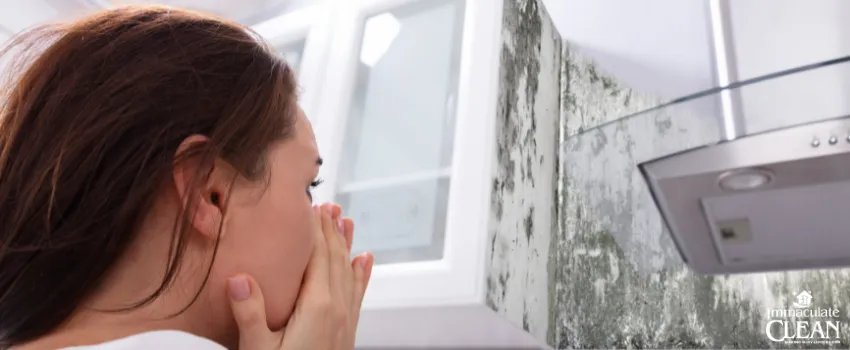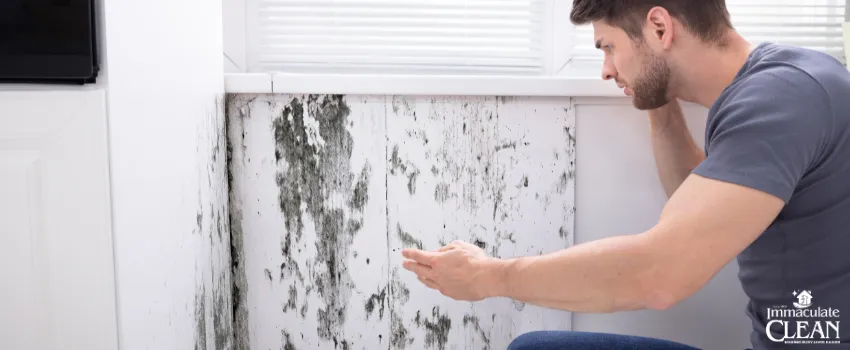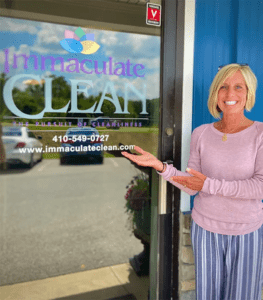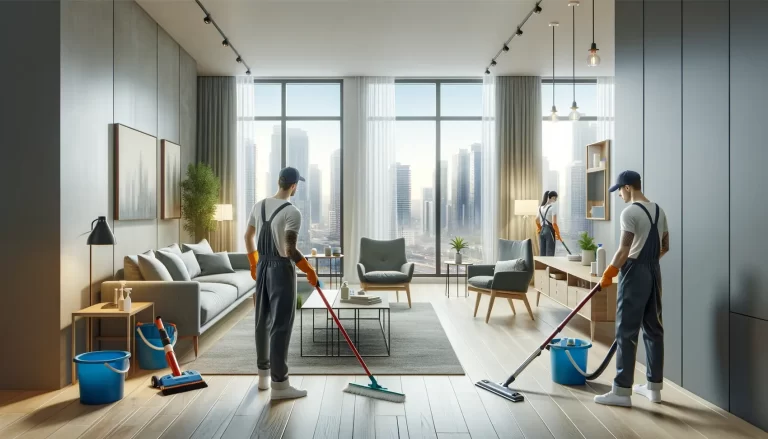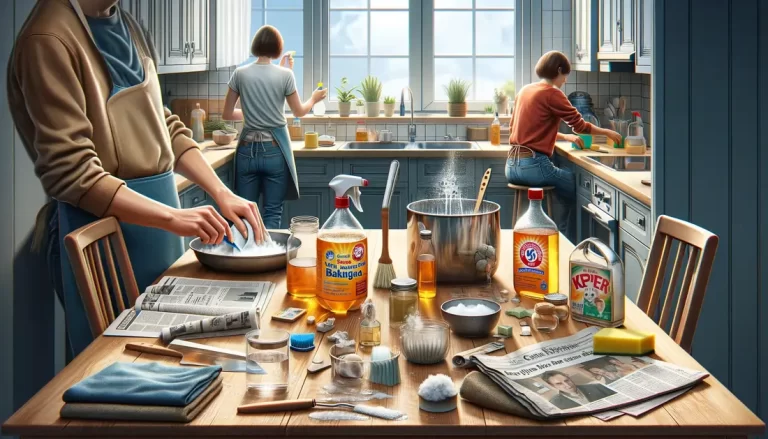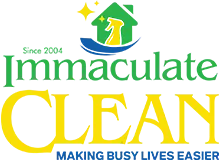Leaving your house unattended for an extended period can be risky. Aside from the usual concerns like security and maintenance, there is another hidden danger you need to watch out for: mold growth in a house.
Can mold cause structural damage? Many homeowners underestimate the potential hazards of mold, often associating it only with the unpleasant sight and smell it brings. However, its effects go beyond the surface, and if left unchecked, mold can cause significant damage to a house’s structure.
Understanding Mold and Its Behavior
Exactly how can mold cause structural damage? Before exploring this topic, let us first understand what it is. Mold is a natural part of the environment, and its spores are everywhere, including indoors. It becomes a problem when it finds moisture and a food source, such as wood, paper, or organic materials, to feed on.
When mold spores land on damp surfaces, they grow and form colonies. These colonies then release more spores, continuing the cycle of mold reproduction. The speed at which mold grows depends on various factors, including the type of mold, the extent of moisture, and the availability of nutrients.
Common Hazards of Mold in Homes
Can mold destroy a house? Mold is more than just a cosmetic problem. Its presence in a house poses risks to the building’s occupants and structure. To fully grasp the importance of addressing mold growth promptly, let’s explore the hazards of mold in homes:
1. Structural Damage
Can mold cause structural damage to a property if left unchecked? The answer is yes. Mold can deteriorate the organic materials it feeds on, such as wood and drywall, compromising the house’s structural integrity. The longer the mold growth in a house remains undetected, the more extensive the damage can become, potentially leading to costly repairs or, in severe cases, the need for demolition.
2. Value Depreciation
One of the hazards of mold in homes is that mold-infested properties typically experience a significant decline in value. Mold is often associated with poor maintenance and potential health hazards, making it a red flag for prospective buyers or renters. Selling or renting out a house with a history of mold problems can be challenging and may require extensive remediation efforts to restore confidence.
3. Increased Moisture-Related Issues
Mold thrives in damp environments, and its presence in a vacant house can indicate underlying moisture problems, such as leaks or poor ventilation. However, can mold destroy a house? Well, if these issues remain unresolved, they can worsen over time, leading to further deterioration of the property and potentially causing other costly damages, like water stains, rot, and corrosion.
4. Limited Insurance Coverage
Some insurance policies have clauses that reduce coverage or exclude certain types of damage, including mold growth in a house, for those left vacant for extended periods. If mold-related issues arise in an unoccupied property, the homeowner may face financial burdens as the expenses for remediation and repairs may have to be covered out of pocket.
5. Health Hazards
Another one of the hazards of mold in homes is that it can release spores into the air, which, when inhaled, can trigger respiratory problems, allergic reactions, and other health issues. In a vacant house, the lack of regular ventilation and airflow can cause the concentration of mold spores to increase, posing a greater risk to anyone who enters the property without proper protective measures.
How Can Mold Cause Structural Damage?
We often think of foundation problems, deteriorating materials, or structural failures when discussing structural damage. However, it’s essential to recognize that mold can also be a culprit in compromising a house’s structural integrity. Mold can cause structural damage in the following ways:
1. Weakening Organic Materials
If you’re wondering how can mold destroy a house, the primary targets for mold are the very materials that make up your home. Organic materials, such as wood, drywall, and paper, serve as a food source for mold. When these materials become damp or moist, the mold feeds on them, gradually breaking them down and weakening their integrity. Excessive mold can lead to sagging ceilings, crumbling walls, and other structural issues.
2. Accelerating the Decay of Affected Materials
Mold growth in a house often goes hand in hand with decay-causing fungi. These fungi, along with the mold, speed up the decomposition process of the affected materials. As a result, the decay progresses more rapidly, causing further damage to the structure.
3. Promoting Corrosion
How can mold cause structural damage in durable materials? In addition to weakening organic materials, certain types of mold can promote corrosion in the metal components of a house. The combination of moisture, mold, and metal can trigger a chemical reaction, leading to rust and deterioration of the affected parts. This can be particularly problematic for structures with extensive metal elements, like pipes and support beams.
4. Compromising Indoor Air Quality
Mold growth in a house affects its physical integrity and compromises indoor air quality. As it grows and spreads, it releases spores and volatile organic compounds (VOCs) into the air. When inhaled, these can cause respiratory problems and other health issues. To address mold-related structural damage, you may need to undertake repairs while ensuring proper safety measures for the occupants.
The Signs of Mold-Related Structural Damage
Identifying mold-related structural damage can be challenging as it often remains hidden behind walls or in other concealed areas. However, several indicators suggest that mold is in the process of causing structural damage:
1. Visible Mold Growth
Finding mold on surfaces is an obvious sign but can also indicate a more extensive problem within the structure. It’s important to address the underlying cause, not just remove the visible mold.
2. Musty Odor
A strong, musty smell is often associated with hidden mold growth in a house. If you notice this odor, it’s essential to investigate further, as it could indicate mold growth and potential structural damage.
3. Water Stains and Discoloration
Water stains, discoloration, or peeling paint on walls, ceilings, or floors indicate a moisture problem. Since mold thrives in damp environments, these signs can suggest a favorable condition for its growth.
4. Visible Deterioration of Materials
Mold-related structural damage can manifest as visible deterioration in affected materials. Look for signs such as warped wood, cracked drywall, or disintegration of other components.
5. Unexplained Cracks or Shifts in the Structure
If your house develops unexplained cracks, shifts, or changes in its configuration, it could result from mold-related structural damage. Mold can weaken materials, compromising their ability to support the structure properly.
6. Elevated Humidity Levels
High humidity levels can promote mold growth in a house and, in some cases, indicate its presence. Monitoring the humidity in your home can help identify areas at risk for mold and potential structural damage.
Preventing Mold-Related Structural Damage
The best way to address mold-related structural damage is to prevent it from happening in the first place. Here are some preventive measures:
1. Regular Inspections
Arrange for regular inspections of your house, even when it’s unoccupied. Timely detection of water leaks, moisture problems, or other potential mold triggers can help prevent extensive damage.
2. Proper Ventilation
Ensure that your house has adequate ventilation, which can help control moisture levels. Good airflow can reduce the chance of dampness, discouraging mold growth.
3. Prompt Repairs for Water Issues
Address any water-related problems, such as leaks or flooding, as soon as they are discovered. Quick and effective repairs can minimize the risk of mold growth and structural damage.
4. Using Mold-Resistant Materials
Consider using mold-resistant materials, such as treated wood, drywall, or paint, in moisture-prone areas. These can provide an extra layer of protection against mold.
5. Controlled Humidity
Monitor and control indoor humidity levels. Keeping them between 30% and 60% can help prevent excessive moisture, reducing the likelihood of mold growth.
Key Takeaway
So, can mold destroy a house and cause significant damage? Well, mold growth in an unattended home can lead to severe structural damage. Mold weakens organic materials, accelerates decay, and promotes corrosion. It compromises indoor air quality, making it dangerous for the occupants. Visible mold growth, musty odors, and water stains are signs of structural damage. Regular inspections and prompt repairs can prevent mold-related damage.
Ensure the Safety and Cleanliness of Your House!
If you’re looking for reliable and efficient house cleaning services in Manchester, MD, look no further than Immaculate Clean! We have a team of highly skilled cleaners who will ensure your home is free from dirt, dust, and potential mold havens.
Contact Immaculate Clean today and let us help you maintain a clean, healthy, and mold-free home!


